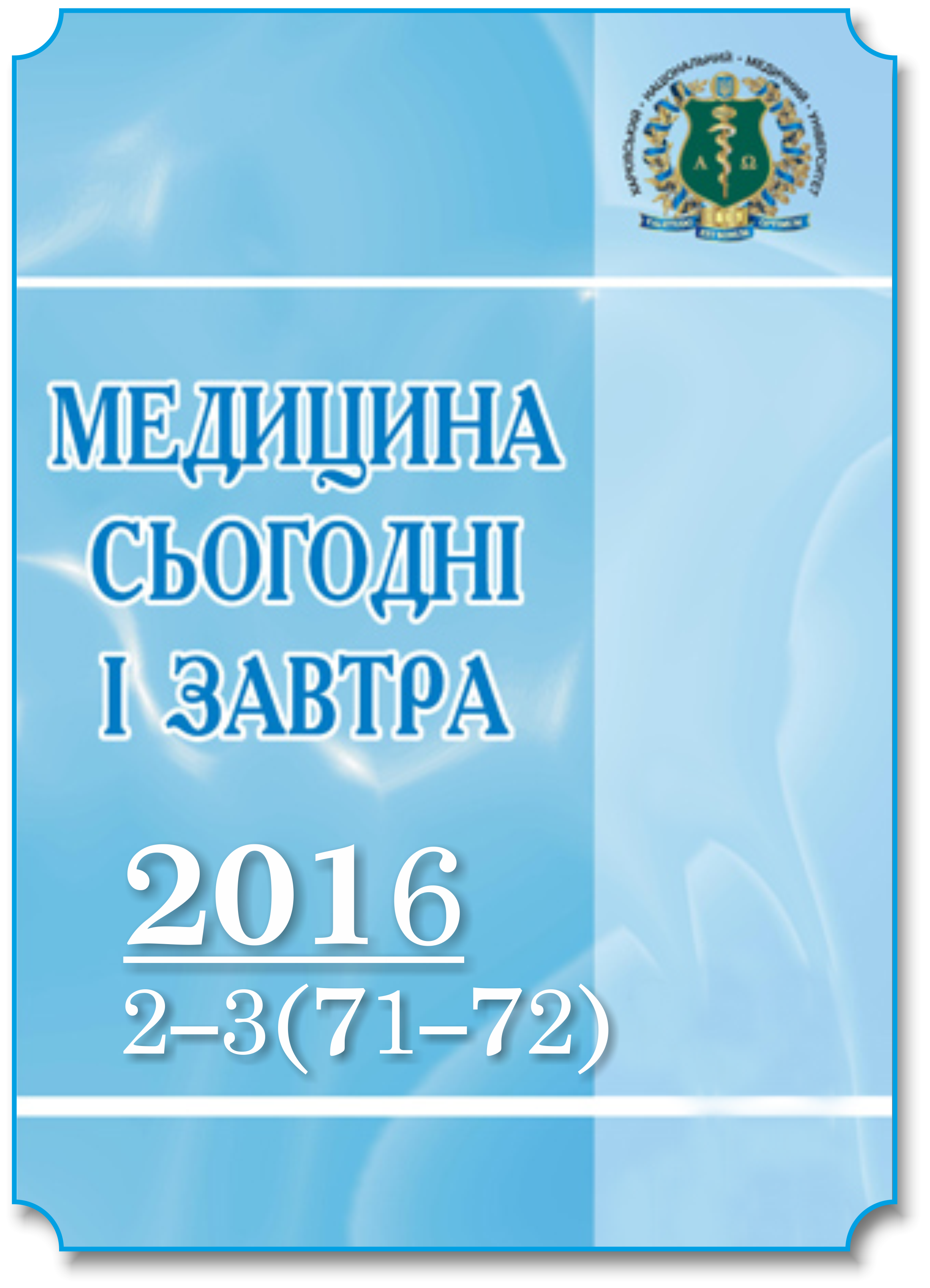Abstract
The efficiency of drug therapy of 220 patients in pulse pressure classes (PP) at the annual observation period after implantation of the pacemaker (pacemaker) was studied. After pacemaker implantation the prescribing frequency of anticoagulants, antiplatelet agents, antiarrhythmic drugs in all PP classes in the early period was increased due to the need of the prevention of thromboembolic complications. Increasing of the destination frequency of diuretics, ß-blockers, Ca antagonists, angiotensin converting enzyme inhibitors and hydroxymethylglutaryl coenzyme A-reductase inhibitors, angiotensin II receptor blockers in the IV and V PP classes at the annual stage after implantation demonstrates the need for more careful selection of the major groups of cardiac drugs in high PP classes.
References
Pulse pressure relation to aortic and left ventricular structure in the Age, Gene/Environment Susceptibility (AGES)-Reykjavik Study / A. A. Torjesen, S. Sigurðsson, J. J. Westenberg [et al.]. // Hypertension. – 2014. – V. 64. – P. 756–761.
Reule S. Heart rate and blood pressure: any possible implications for management of hypertension? / S. Reule, P. Drawz // Curr. Hypertens. Rep. – 2012. – V. 14 (6). – С. 478–84.
2013 ESC Guidelines on cardiac pacing and cardiac resynchronization therapy: the Task Force on cardiac pacing and resynchronization therapy of the European Society of Cardiology (ESC). Developed in collaboration with the European Heart Rhythm Association / M. Brignole, A. Auricchio, G. Baron-Esquivias [et al.]. // Eur. Heart J. – 2013. – № 34. – С. 2281–329.
Давидович И. М. Влияние различных режимов постоянной электрокардиостимуляции на суточный профиль артериального давления у лиц с ишемической болезнью сердца в сочетании с гипертонической болезнью / И. М. Давидович, Т. Э. Неаполитанская // Дальневосточный медицинский журнал. – 2012. – № 2. – С. 14–18.
Shanina I. V. Frequency of detached cardiac drugs prescribing in patients of different classes QRS complex duration on the permanent pacing background / I. V. Shanina, D. E. Volkov // The Journal of V. N. Karazin Kharkiv National University, series «Medicine» – 2014. – № 27. – С. 33–37.
Maltseva M. S. Prognostic value of QTc interval duration in medical management of patients after implantation of the pacemaker and CRT devices: avtoref. dis. for the sciences. the degree of PhD : special. 14.01.11 «Сardiology» / M. S. Maltseva. – Kharkiv, 2015. – 25 p.
Kolomytseva I. N. Functional class of chronic heart failure and supportive drug therapy in patients at the annual stage pacing / I. N. Kolomytseva // Canadian Journal of Education and Engineering. – 2015. – № 2 (12). – P. 569–578.
Grigoryan L. Characteristics, drug combinations and dosages of primary care patients with uncontrolled ambulatory blood pressure and high medication adherence / L. Grigoryan, V. N. Pavlik, D. J. Hyman // J. Am. Soc. Hypertens. – 2013. – № 7. – С. 471–476.
Pacemaker current inhibition in experimental human cardiac sympathetic activation: a double-blind, randomized, crossover study / C. Schroeder, K. Heusser, A. A. Zoerner [et al.]. // Clin. Pharmacol. Ther. – 2014. – № 95. – P. 601–607.
